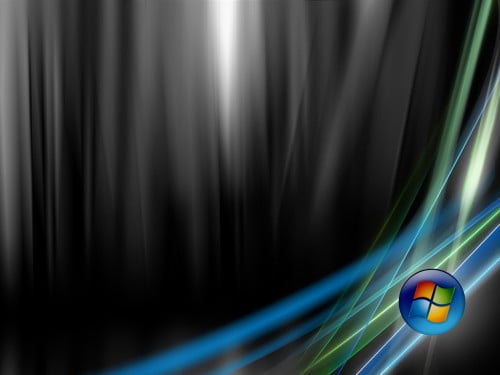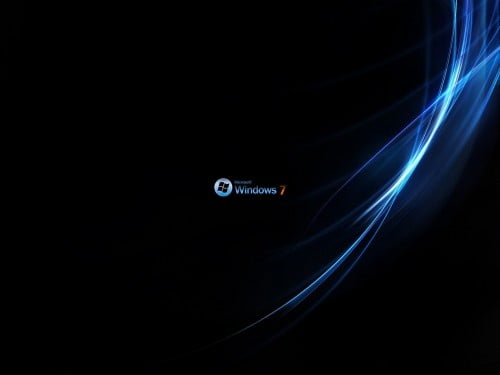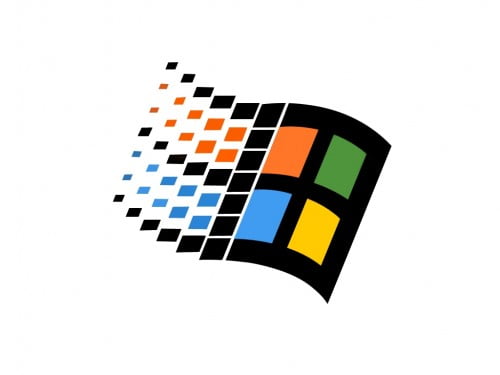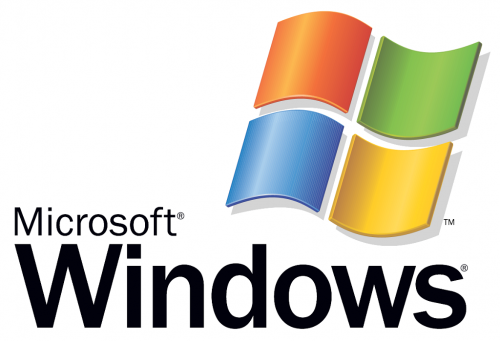Microsoft Windows Logo — Microsoft Windows is the name of a family of operating systems developed by Microsoft since 1981, when the project was called “Interface Manager” .
Announced in 1983 , first marketed Microsoft operating environment named Windows in November 1985 as an adjunct to MS-DOS in response to growing market interest in a graphical user interface (GUI) that was introduced by other operating systems like Mac OS and other companies like Xerox. 1 At that time, Microsoft got a lease for your operating system with the computer giant, IBM , so that was preinstalled at the factory in most personal computers in the world, which made him the most used and popular. In October 2009, Windows had approximately 91% of the market share of operating systems on client computers that access the Internet. The most recent versions of Windows are Windows 7 for desktop computers , Windows Server 2008 R2 for servers and Windows Phone 7 for mobile devices .
he first version of Microsoft Windows, version 1.0, released in November 1985 , competed with Apple’s operating system. It lacked a certain degree of functionality and achieved little popularity. Windows 1.0 was not a complete operating system, but rather was an extension of MS-DOS graphics. Windows version 2.0 was released in November 1987 and was a bit more popular than its predecessor. Windows 2.03 (released in January 1988 ) first included windows that could overlap each other. The result of this change led to Apple to file a lawsuit against Microsoft, because it violated copyright.
Windows version 3.0, released in 1990 , was the first version of Microsoft Windows who managed a large commercial success, selling 2 million copies in the first six months. Showed improvements in user interface and multitasking. He received a facelift in Windows 3.1, which was made available to the general public on March 1, 1992. Windows 3.1 support ended on December 31, 2001. In July 1993 , Microsoft released Windows NT based on a new kernel. NT was considered to be the professional OS and was the first Windows version to utilize preemptive multitasking . Windows NT also later be restructured to function as a home operating system with Windows XP.
On 24 August 1995 , Microsoft released Windows 95, a new version for consumers, and great were the changes made to the user interface, and also used preemptive multitasking. Windows 95 was designed to replace not only Windows 3.1, but also Windows for Workgroups and MS-DOS. It was also the first Windows operating system to use Plug and Play capabilities. The changes Windows 95 brought revolutionary, unlike these, such as Windows 98 and Windows Me. Mainstream Support for Windows 95 ended on December 31, 2000 and extended support for Windows 95 ended on December 31, 2001.
The next customer in line was released June 25, 1998 , Microsoft Windows 98 . Substantially was criticized for its slowness and unreliability compared with Windows 95, but many of its basic problems were later rectified with the release of Windows 98 Second Edition in 1999 . Mainstream Support for Windows 98 ended on June 30, 2002, and expanded support for Windows 98 ended on July 11, 2006.
As part of its online “professional”, Microsoft released Windows 2000 in February 2000 . The consumer version following Windows 98 was Windows Me (Windows Millennium Edition). Launched in September 2000, Windows Me implemented a number of new Microsoft technologies: in particular was the “Universal Plug and Play”. In 2004 part of the Windows 2000 source code leaked onto the internet, it was bad for Microsoft because the same kernel used in Windows 2000 was used in Windows XP.
In October 2001, Microsoft launched Windows XP , a version that was built on the Windows NT kernel that also retained the consumer-oriented usability of Windows 95 and its successors. In two different editions, “Home” and “Professional”, the former lacks much of the security and networking features of the Professional edition. In addition, the first edition “Media Center” was launched in 2002, with an emphasis on supporting the functionality of DVD and TV, including TV recording and a remote control. The standard support for Windows XP ended on April 14, 2009. Extended support will continue until April 8, 2014.
In April 2003, Windows Server 2003 was introduced, replacing the product line of Windows 2000 server with a number of new features and a strong focus on safety, which was followed in December 2005 for Windows Server 2003 R2. On January 30, 2007, Microsoft released Windows Vista . It contains several new features, from a redesigned shell and user interface provides important technical changes, with special attention to security features. It is available in several different editions and has been the subject of severe criticism because of its apparent instability, oversubscribed hardware resources, high cost and very high incompatibility with their predecessors, a fact that did not happen with them.
On October 22, 2009, Microsoft released Windows 7 . Unlike its predecessor, Windows Vista, which introduced a large number of new features, Windows 7 was intended to be an incremental update, focusing on the Windows line, with the goal of being compatible with applications and hardware that Windows Vista was not compatible . Windows 7 has multi-touch support, a redesigned Windows Shell with a new taskbar, known as the Superbar, a system called HomeGroup network, and performance improvements especially in speed and lower consumption of resources.




